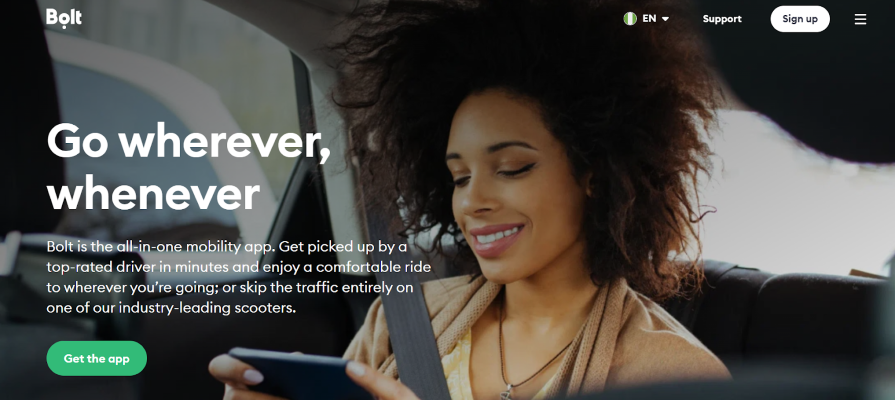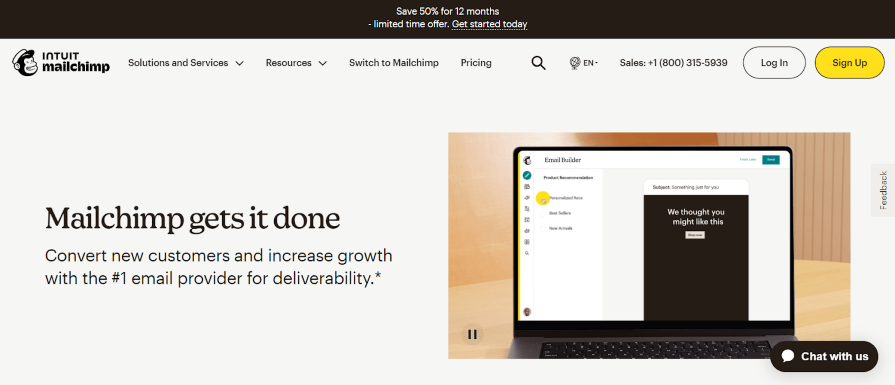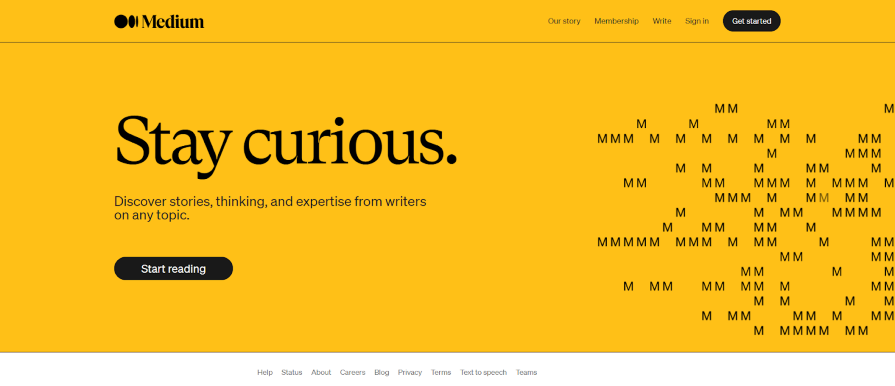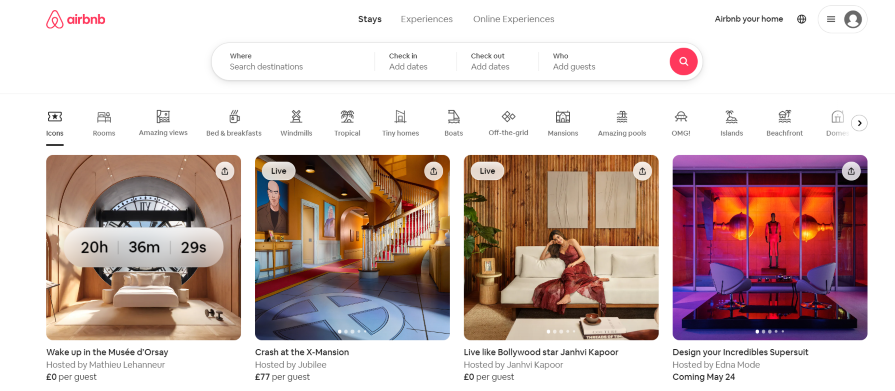Your homepage is your website’s storefront. Just as an enticing storefront lures customers into a physical store, a good homepage should captivate your website visitors from the moment they arrive. It should effectively guide users toward their goals while staying true to the brand’s image.
But what exactly makes a homepage captivating and effective? It’s definitely not just about throwing elements on a page and hoping for the best. To ensure that your homepage effectively captivates visitors and drives desired actions, you should follow some fundamental principles.
If you’re wondering what these principles are, you’re in the right place. This article outlines ten essential principles to help ensure you nail your homepage design every single time. So, if you’re ready to dive in, let’s get started. But first, let’s explore what a good homepage looks like with some real-life examples.
What makes a good homepage?
Try to implement as many as these real-world examples of homepage design as possible within your organization.
Be clear and specific
Once a visitor lands on your homepage, you only have a few seconds to convince them to stay. So, don’t waste any of these precious seconds. In simple terms, tell them who you are, what you offer, and who your audience is.
Also, remember that your primary aim is to generate sales. So include a compelling call-to-action (CTA) to get users to act. Use action-oriented words like “get,” “buy,” “contact,” and “Learn” to encourage immediate engagement:

Bolt’s homepage immediately tells you who it is: an all-in-one mobility app. It also lets you know that it offers the convenience of being picked up by a top-rated driver in minutes, ensuring a comfortable ride to your destination. In addition, the prominent CTA “Get the app,” encourages immediate action.
This homepage design is effective as within moments of landing on it, you can tell if their service is for you.
Speak to the target audience
Your homepage should resonate with your audience. You can do this by using words and images that are familiar to them. Avoid using unnecessary words that don’t add meaning to your copy or address your audience’s challenges:

Netflix’s value proposition is clear as day. This makes it easy for a potential customer to know if Netflix’s service is for them within seconds of landing on the homepage. Furthermore, using familiar movie posters as the background image speaks directly to their target audience.
Solve a problem
People visiting your site are most likely looking for a solution to a problem. Put that solution front and center. Let your value proposition do the talking by articulating how your product or service solves a problem or fulfills a need for your customer:

Anyone looking to convert new customers and increase growth will know they’re in the right place once they land on Mailchimp’s homepage. Its value proposition offers a direct solution to a problem its prospective clients struggle with.
Be user-friendly
No one wants to spend time trying to figure out how your site works. So, make your homepage easy to navigate, with intuitive menus and clear pathways to information. Anyone visiting your site for the first time should be able to find what they’re looking for without any hassle:

When users first visit Medium’s homepage, they immediately know what steps to take because there are only a few possible actions. With only one core action — signing up, and a clearly labeled navigation menu, there’s little room for confusion.
Be visually appealing
Visual appeal is crucial because it creates a positive first impression, which is necessary for keeping visitors on your site. While you may argue that visual appeal is subjective, some design practices can universally enhance the attractiveness of a webpage. These include using a harmonious color scheme, a balanced layout, and ensuring consistency in design elements:

Airbnb’s homepage shows how careful design choices can lead to a visually attractive outcome. The clean and organized layout, consistent use of colors and styles, and high-quality images create an inviting appearance that motivates users to explore further.
Align with your brand identity
Your homepage should reflect your brand’s identity, values, and personality. You can achieve this by using easily identifiable branding elements such as logos, fonts, color schemes, and imagery to reinforce your brand identity and create a cohesive experience for visitors:
Source link























